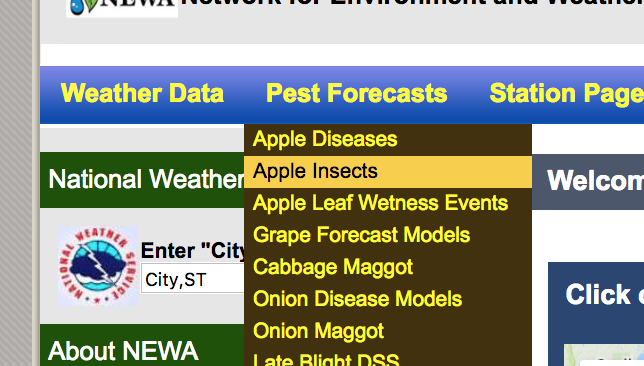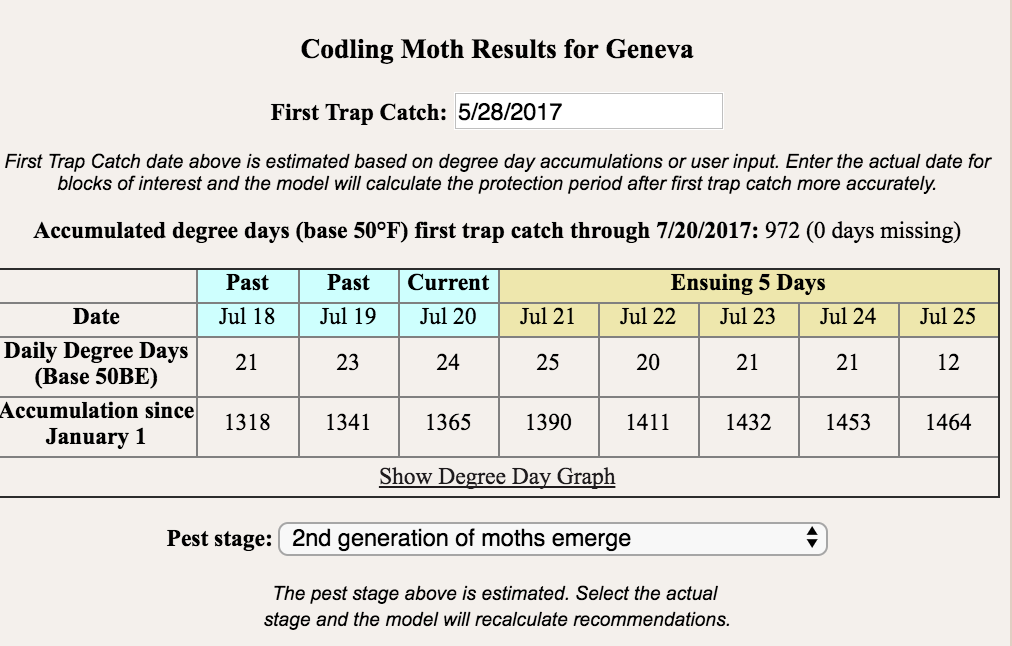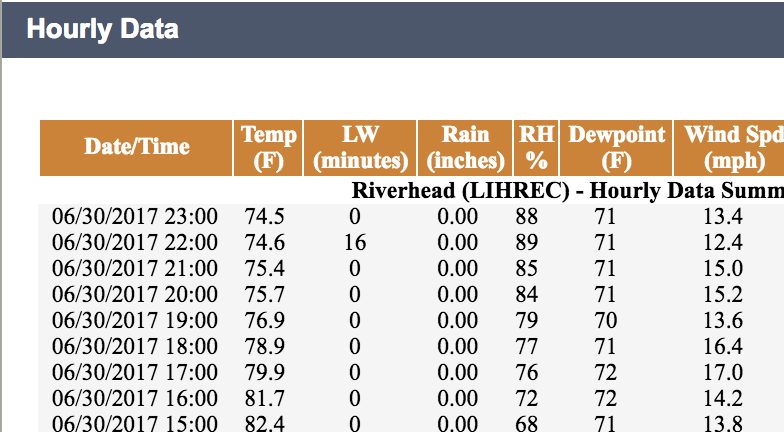Well-maintained weather stations are the secret to maximizing NEWA as part of a successful crop management strategy. A good maintenance plan provides peace of mind and ensures the best possible information is used to calculate NEWA model results. Checking your machine now means you have time for repairs without the pressure of in-season activities. Read this article to give your unit a complete checkup for the 2020 growing season.
Check Your Surroundings
Barns, windbreaks, equipment and other objects in close physical proximity to your machine can interfere with many sensor measurements, affecting both their precision and accuracy. Shading from a tall tree or building will reduce solar radiation readings, affect ambient temperature, relative humidity, and even windspeed for example. Consider relocating your weather station if you think nearby structures, objects, or permaculture interfere with air flow or sunlight. A minimum distance of 100 ft is a good rule of thumb.
Clean your sensors
- Anemometer and weather vane. Check that your wind speed and wind direction sensors move freely. If either resists movement or is stuck, consider replacement.
- Solar radiation. Use a step ladder to closely inspect the sensor. Use a clean damp cloth to remove dirt and debris if necessary. If the protective lens looks opaque, contact your vendor to discuss replacement.
- Rain gauge. Use a step ladder to closely inspect the rain buck interior. Carefully remove any leaves, spider webs, or other debris commonly found in clogged rain gauge sensors.
- Temperature/relative humidity. Inspect the solar radiation shield for insect nests or spider webs. These block free airflow to the sensors housed inside. Clear debris with a soft bristle brush if necessary.
- (Leaf) wetness. Check that the wetness sensor is secured at a 30° angle facing north. Clean debris using a clean damp cloth.
- Soil sensors. Inspect cords leading from the computer housing to the ground for mechanical or rodent damage. Contact your vendor if parts need replacement.
Look at Your Data
Log into your weather station platform and spend a few minutes looking back at data trends over the past season. Does anything jump out at you or seem unusual? You should be looking at your raw data, either on NEWA or in your vendor’s online platform, to be familiar with how your station data ‘behaves.’ It will be easier to quickly flag issues when they arise in the future.
Know How to Reach Your Vendor
Add your vendor’s support number to Contacts in your phone. If you encounter a problem, don’t put it off. Leave a message with your supplier if their support staff are busy. Rainwise Support is 207.801.4039. Onset Support is 1.800.564.4377.
Don’t wait to get help
Our weather station vendor partners are always ready to help. But if you aren’t sure where to start, want clarification, or think there might be an issue with the NEWA site, you can reach out at any point to the NEWA Help Desk at support@newa.zendesk.com.






